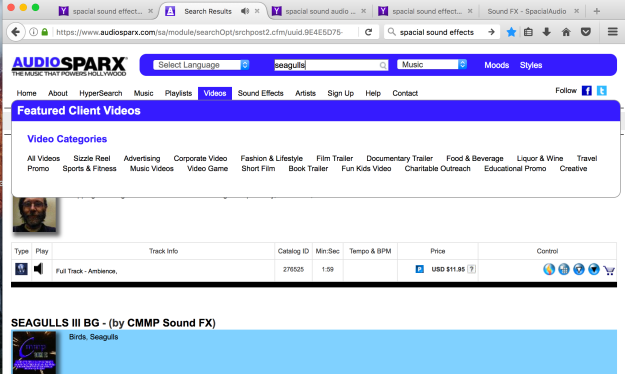I am getting closer to understanding what I can do for my MA show. It still needs to be checked for feasibility but here’s the plan so far.
There will be a physical exhibit with video, sculptures, and sound through headphones. Additionally I propose a few separate performances in a different space (probably the Lecture Theatre) using the HoloLens and a single smaller sculpture.
The reasons for separating the HoloLens experience from the main exhibit, is that it necessarily has to be a performance as it cannot be left unattended, and participants need to be instructed and supervised during its use. It also needs entirely different lighting conditions.
The main exhibit will be two spotlit life size sculptures on plinths looking at each other on either side of a transparent projection of the sea and screeching seagulls.Theresa, will be on a taller white plinth, looking down at the refugee on a smaller transparent plinth. The actors’ narratives will be heard through headphones. The projector will be hung from the ceiling, as will the transparent projection screen. The environment needs to be fairly dark, so the ideal location will be in the basement.

I already have an A0 size acrylic sheet and will be coating this with self adhesive rear projection film. I need to experiment with this in the proposed exhibition space with various projectors including my own to see what works best, and to determine screen and projector placement.


The performance will use the HoloLens to show videos of the actors against a transparent background, with the same audio narrative as the main exhibit, overlaid with the sound of the sea and seagulls. Holograms of the refugee’s head will be scattered around the space representing heads in the sea. A smaller physical sculpture of Theresa, the optician’s wife will be on a white plinth.

To accomplish what I have described the film of the two actors together must be mid-shot against a black screen with clothes mics in a recording studio. Hopefully this can be done at either the film studio at CSM or Wimbledon. Otherwise it will be offsite in a private studio in Camberwell (not UAL). The video, sound recordings and holograms will be input to and organised in Unity and then input to the Hololens in Microsoft Visual Studio. Video will be 2D, and sound will be spatial.
I need to measure the room/exhibition spaces showing where the exhibit items are positioned. This is necessary to enable spatial sound to be correctly positioned in Unity. As there will be two exhibition spaces there will need to be two set ups within the Unity project.
Headphones used in the main exhibit have an inbuilt audio recorder. So recordings can be heard wire free, without wi-fi or bluetooth, and each set of headphones can operate independently.




















